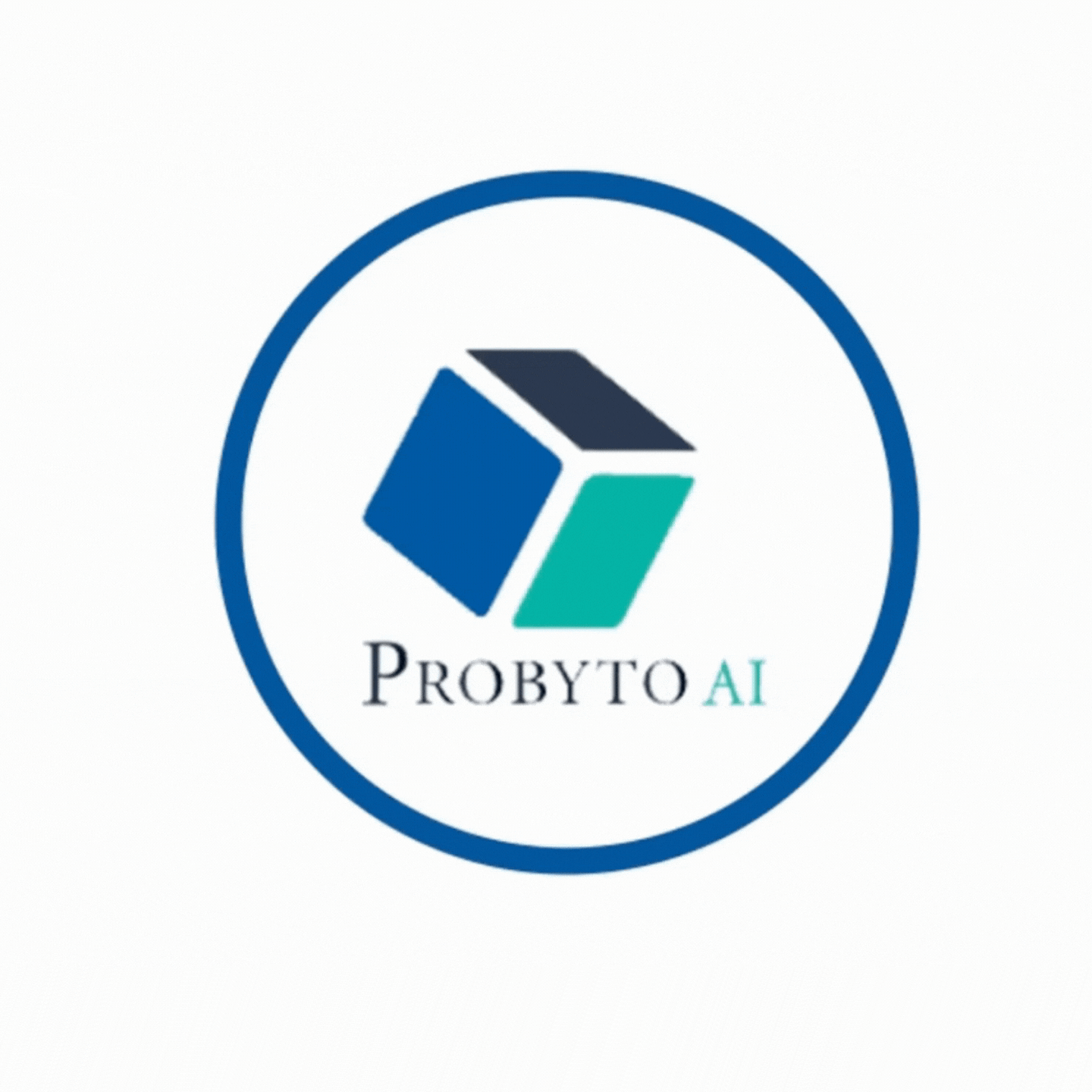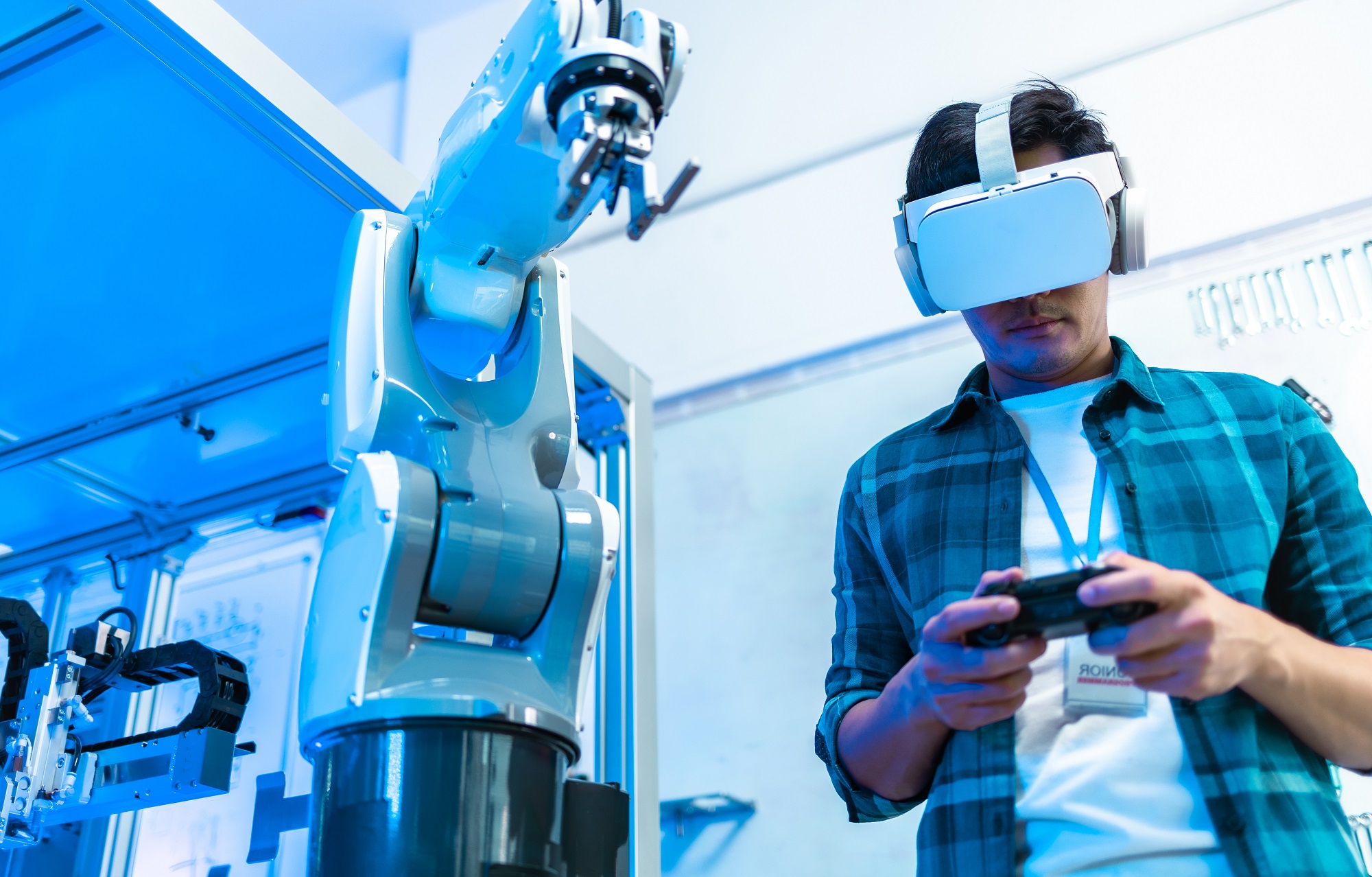Virtual Reality (VR) technology creates a digital environment where users can interact just as they would in real life. You could suddenly be transported to a faraway country, a game, or even space by wearing special glasses! Despite this technology’s amazing capabilities, machine learning Machine Learning Models can make it even better. Find out how machine learning enhances the immersive experience of VR.
What is Virtual Reality (VR)?
Let’s first get a better understanding of VR before diving into machine learning. An interactive virtual reality experience is created through the use of computer technology. With virtual reality, the user is fully involved in the experience instead of looking at traditional screens. Users are involved in a 3D environment and interact with it instead of watching a scene.
How Does VR Work?
- Headsets: Virtual reality headsets cover your eyes and show a digital version of the real world.
- Motion Sensors: Motion sensors track your movements, so when you move your hands or head, the VR world moves with you.
- Controllers: Your virtual reality world will be accessible through special gaming controllers like these.
What is Machine Learning?
Machine learning is a type of artificial intelligence (AI) in which computers learn from data to become more intelligent without being programmed with programmable processes. Making a computer a thinker and decision-maker is like teaching it to think and make independent decisions.
How Does Machine Learning Work?
- Data: The computer is given lots of examples and information.
- Training: It learns patterns and rules from this data.
- Prediction: It uses what it has learned to make decisions or predictions.
- Combining VR and Machine Learning
It is possible to create even more amazing and realistic experiences when we combine VR and machine learning Machine Learning Models deployment helps with this. In VR, machine learning can be used to improve interactions, make environments more realistic, and even personalize each user’s experience.
- Making VR More Realistic
By making the virtual world look and feel more like the real world, machine learning helps VR.
- Enhancing Graphics
Realistic Textures: It helps create lifelike textures for objects in VR, such as making water look like it’s flowing or leaves blowing in the wind.
Better Movements and Interactions
- Motion Prediction: Machine learning can predict your movements more accurately, making your actions in VR smooth and realistic.
- Natural Interactions: It helps in understanding gestures and voice commands, making it easier to interact with the VR world as you would in real life.
- Personalized VR Experiences
Machine learning can make VR experiences unique for each person.
Customizing Content
- User Preferences: It learns what you like and customizes the VR content accordingly. For example, if you enjoy nature, it can create a forest scene just for you.
- Adaptive Learning: It adjusts the difficulty of games or tasks based on your skill level, keeping you challenged but not frustrated.
Health and Safety
- Detecting Fatigue: Machine learning can monitor signs of tiredness and suggest breaks to avoid fatigue.
- Personal Comfort: It can adjust settings to make sure you are comfortable, like changing the brightness or controlling motion sickness.
Practical Applications of VR and Machine Learning
Let’s look at real-world examples where VR and machine learning are making a big difference.
Education:
- Virtual Classrooms: Virtual classrooms allow students to engage with each other and collaborate while learning.
- Simulations: Medical students can practice surgeries in VR, getting hands-on experience without any risk.
Healthcare:
- Therapy: VR is used for treating phobias and anxiety by gradually exposing patients to their fears in a controlled environment.
- Rehabilitation: Patients recovering from injuries can do their exercises in VR, making the process more enjoyable.
Entertainment:
- Games: VR games are more immersive with realistic graphics and interactions, thanks to machine learning.
- Movies: You can watch movies in a digital theater as if you were there with the actors.
Workplace Training:
- Job Training: Workers can learn new skills in a safe VR environment, such as operating machinery or handling dangerous materials.
- Soft Skills: Employees can practice public speaking or customer service interactions in VR, gaining confidence and improving their skills.
The Future of VR and Machine Learning
The combination of VR and machine learning is still growing, and the future looks very promising. Here are some exciting possibilities:
- Smarter VR Worlds
Machine learning can create VR worlds that change and adapt in real time all thanks to Machine Learning Models deployment. For example, a virtual city could change its layout based on how you explore it, making each experience unique.
- Advanced Personalization
VR systems will become even better at understanding and predicting user preferences, creating highly personalized and engaging experiences.
Challenges and Considerations
While the combination of VR and machine learning is exciting, there are challenges to consider:
Technical Limitations
- Processing Power: Creating realistic VR experiences requires a lot of computing power. Advances in technology will help, but it’s a constant challenge.
- Data Privacy: Machine learning relies on user data, so ensuring this data is kept private and secure is crucial.
Ethical Concerns
- Addiction: Highly immersive VR experiences can be problematic, so it’s important to use them responsibly.
- Digital Divide: Not everyone has access to VR technology, so there’s a risk of increasing the gap between those who do and those who don’t.
Conclusion
Virtual reality is becoming more realistic, personalized, and interactive thanks to machine learning models. It is possible to create unique experiences tailored to individual users by enhancing graphics. VR experiences will likely continue to evolve into even more amazing and immersive experiences that seamlessly blend the digital and real worlds. Whether it’s for education, healthcare, entertainment, or training, VR and machine learning are set to transform how we learn, play, and interact with our surroundings.


